Brand Awareness: Strategies, Examples, and Measurement
To grow, any business needs to build brand awareness. But what exactly is brand awareness – and how can you know if your efforts are successful? In this post, we'll explore some effective strategies for raising brand awareness with real-world examples. Plus, we'll reveal critical metrics that can help you measure the impact of your brand awareness campaigns.
With the right tactics, brand awareness initiatives can significantly increase your company's visibility and consumer recognition. By implementing purposeful and data-driven efforts, you can get your brand to the right audiences and influencers. We'll offer tips on finding out more about your target customers, choosing marketing channels that suit them best, and optimising your messaging so they take notice.
You'll also learn how to set clear objectives and KPIs (key performance indicators) to track the success of those all-important activities designed to raise a profile. We cover using surveys effectively and website analytics packages, including Google Analytics. There are plenty more ways to quantify whether people have heard of a particular name over time: social media listening tools don't just tell brands what people think; they also indicate whether or not someone is aware that brands exist.
Find out how continually refining these approaches helps build familiarity with customers (and loyalty) over extended periods.
Whether launching an entirely new name or trying to revive an existing one, equip yourself by learning something new about making individuals more aware of your specific name and what it stands for.
- Why Brand Awareness Matters
- Strategies to Increase Brand Awareness
- Examples of Successful Brand Awareness Campaigns
- Measurement and Tracking of Brand Awareness
- Building Brand Awareness on Social Media
- The Role of Print Media and Physical Locations
- Increasing Brand Visibility through Event Sponsorship
- The Importance of Brand Recognition and Recall
- The Connection Between Brand Awareness and Brand Equity
- Conclusion
Why Brand Awareness Matters
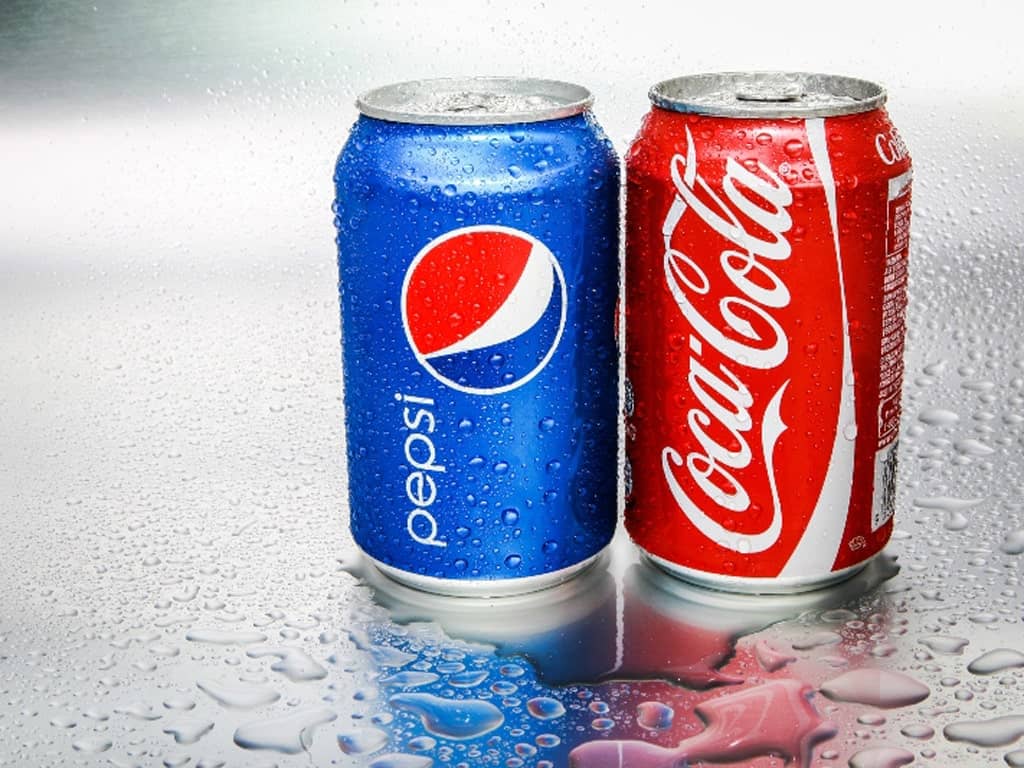
Nothing is more essential than brand awareness to promote new products or revive older brands. In the case of a new product launch, companies must create awareness and generate interest quickly.
This is because if consumers are already aware of a brand and have confidence in it – that is to say, if they recognise it – then that's half the battle for generating sales.
Another crucial aspect of brand awareness is differentiation: how do you make your product stand out among all those others? This is important not only at point-of-sale but also for getting noticed in the first place. Brand awareness campaigns aim to familiarise people with your product while differentiating it from its rivals.
Coca-Cola and Pepsi rely heavily on this marketing to get their products noticed in the crowded soft drinks market. The aim isn't just to differentiate themselves from other brands; they need customers to be able to tell them apart, too.
This matters because if consumers don't know what makes your product distinctive, why would they choose yours?
One way around this problem might be simply repeating your message as often as possible. It might sound tedious, but sometimes that's precisely what works best – especially if you're trying to turn over an entire customer base who've become used to buying someone else's products instead.
Ultimately, though, using advertising spending power alone won't cut it: familiarity has nothing going for it unless clear positive associations are attached.
For example:
If I'm fed up with my old trainers and need new ones, I could spend ages walking up and down shop aisles comparing shoes before deciding. Or I could stick with what I know (what feels “safe”) by choosing a trusted brand that everyone recognises even before seeing its logo properly through shop windows or online ads.
Why?
Because if I've seen a shoe brand advertised on T.V., in newspapers and online – and have maybe heard other people talking about it too – then chances are I'll buy that one when the time comes.
And this is precisely what companies hope to achieve through the creation of brand awareness.
Strategies to Increase Brand Awareness
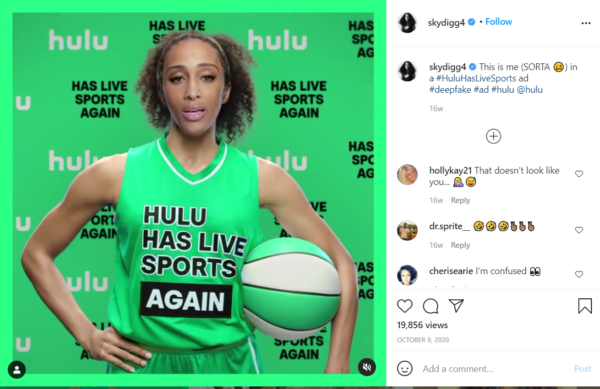
Social media platforms have become a powerful tool for businesses to increase brand awareness in the digital age. Platforms such as Facebook, Snapchat, and Instagram provide an opportunity to reach a broad audience.
By using targeted ads on social media, companies can reach Gen Z or Millennials, who are highly active on these channels. For example, a clothing brand may use targeted ads on Instagram to showcase its latest collection to fashion-conscious users.
To build brand awareness, businesses must respond quickly to negative feedback online. Reviews and feedback online can damage a brand's reputation, so companies must address any negative comments posted by customers and offer solutions where applicable. By doing this, they demonstrate commitment to customer satisfaction, which helps maintain positive sentiment around the brand.
Traditional methods still hold value in building brand awareness even while marketing goes digital: print media such as newspapers and magazines or billboards can all be used effectively because they enable you to target specific audiences. You will hit your desired customer base more accurately by placing ads in specialist publications or targeting locations where your core demographic spends time. You can also create greater visibility of your company by advertising inside stores at events, building presence among consumers who may not be actively searching for products/services but might remember seeing something interesting at the time when they do need them down the line, e.g., a cosmetic company putting up adverts in beauty salons or retail stores.
Another effective way of increasing brand visibility is event sponsorship – sponsoring sporting events or charity events will help get your name out there and associate positivity with your company's image.
Associating your business with well-regarded events (e.g., charity fun runs) increases people's knowledge of what you do – leading ultimately, over time perhaps – towards increased recognition.
So – consider whether sponsoring an event could enhance how widely known your business becomes. E.G., A sports drink sponsor associated with marathon running: boosting its profile + seen as a supporter of healthy/active lifestyle.
Examples of Successful Brand Awareness Campaigns
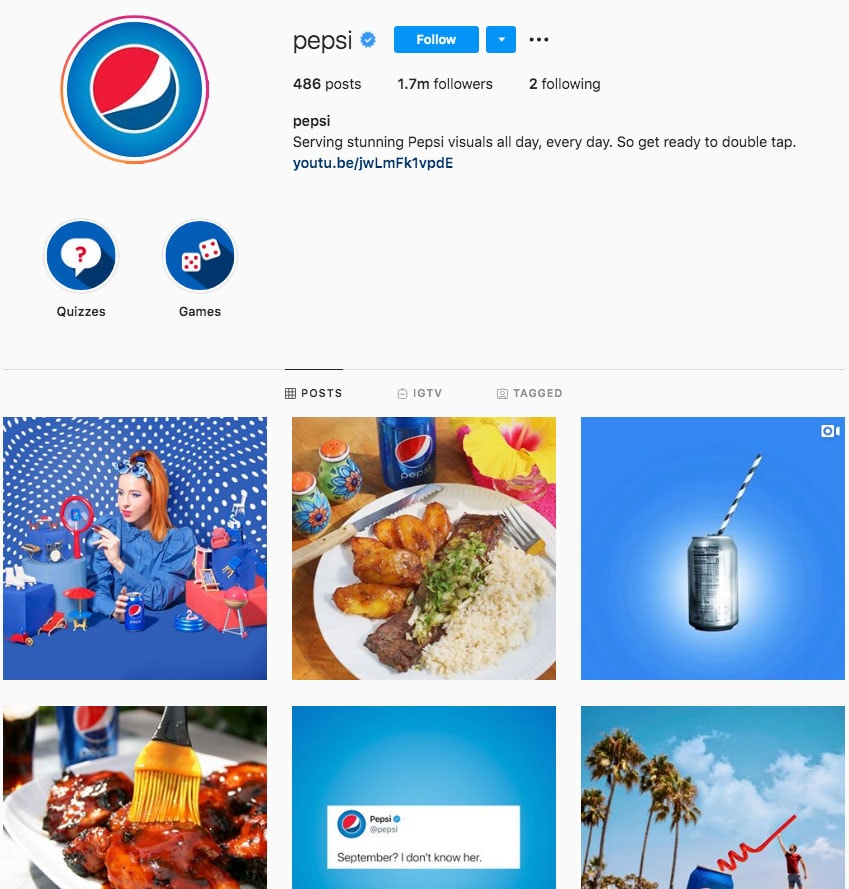
The success of numerous brand awareness campaigns highlights the significance of brand awareness. For instance, Coca-Cola and Pepsi rely heavily on strong brand awareness to stand out in the saturated soft drink market. Their distinctive logos and memorable advertising have made these brands instantly recognisable to consumers worldwide.
Brand awareness can also be an economic moat, preventing rivals from gaining market share. When a brand is deeply entrenched in consumer minds, it becomes difficult for new entrants to break through and establish themselves. Strong brand awareness is a barrier that makes it harder for competitors to win customers.
There are plenty of examples of successful brand awareness campaigns on social media platforms such as Facebook, Snapchat and Instagram. Brands have used these platforms to interact with their target audience and create memorable campaigns.
For example, a clothing company may team up with a high-profile social media personality with millions of followers – this could significantly boost brand awareness by showcasing products to many people who might not already be familiar with them.
Measurement and Tracking of Brand Awareness

Measuring brand awareness is essential to businesses because it helps them gauge how well their marketing efforts work. There are many ways to measure brand awareness, each providing different insights into consumers' thoughts.
One way to get a sense of how much people recognise your brand is by looking at direct traffic – visits from consumers who already know your company's name – to its website. Higher levels of brand awareness tend to lead to more direct visits. Another helpful indicator can be overall site traffic numbers and social engagement figures, which give an idea of how far-reaching or impactful a brand is.
Monitoring social listening and Google searches is also crucial when tracking whether people have heard of your brand. Social listening entails monitoring social media platforms and online conversations around topics, brands or industries to understand consumer sentiment better. By examining conversations about a topic, mentions on social media and other factors, you can start getting an idea of how you're perceived – with real-time feedback thrown in for good measure.
Tracking Google searches related to a specific business or industry also shows people's awareness of something. If there has been a sudden spike in searches for something, this could suggest that it's becoming more trendy among consumers.
Finally, there are those old favourites: surveys focused purely on brand awareness, which test recognition/recall/overall perception, etc. When conducted regularly, these can become benchmarks against competitors over time, etc., but probably only need to be explained again if someone wants it all added again.
Building Brand Awareness on Social Media
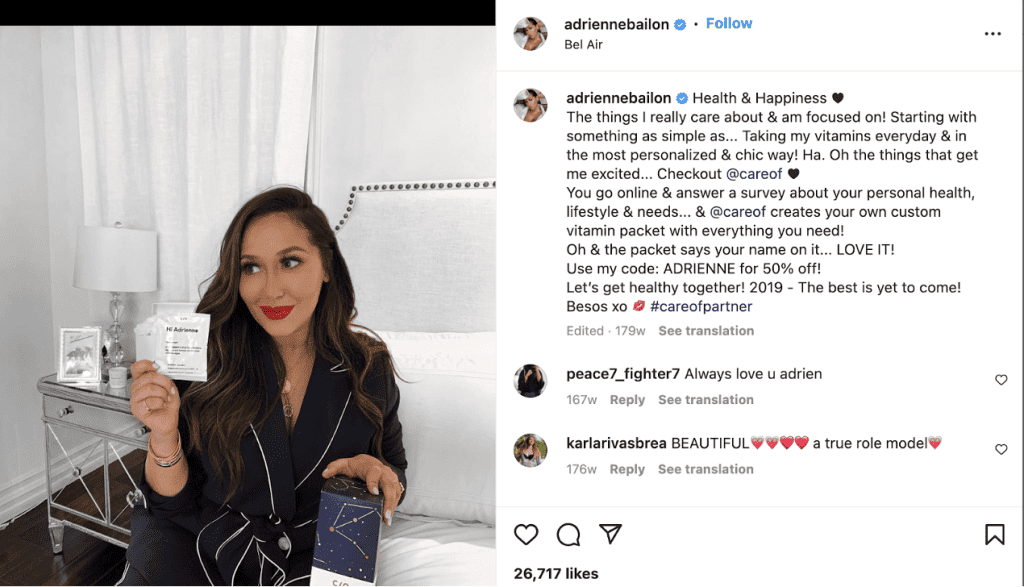
Companies are given a unique opportunity through social media outlets to engage with their target audience directly and increase the awareness of their brand. To increase brand recognition on social media, brands must develop a distinct personality and fine-tune their profiles on the platform. This includes developing a consistent voice for the brand, utilising engaging visuals in posts and having an all-together cohesive identity. For example, a skincare product line might have fresh, natural-looking profile pages to match its branding message.
Creating visually appealing posts and collaborating with other businesses or influencers can maximise your chances of increasing your brand reach through social media platforms. More often than not, when something looks good or is creatively put together, it will stand out more in people's minds – making them more likely to remember it long-term.
Collaborating with other brands or influencers can help you extend your reach beyond your current network by tapping into theirs – this means more people who haven't heard of you before may get exposed to your products/services. For instance, say you run a fitness apparel company – if you collaborated on content creation with a famous fitness influencer who already has access to lots of potential customers that might otherwise be tricky for you to get in front of – that could work wonders for improving awareness around what you sell.
Effective hashtags (used well) alongside responding/engaging with comments are critical for boosting brand visibility via social media channels. Using relevant hashtags means users interested in specific topics/trends may see any post using them- meaning there's already additional potential reach from using those words alone. Meanwhile, interacting within comments shows that you value those following, helps foster connections between those commenting and starts building a community vibe around what you are trying to achieve.
A food delivery service might use tags related to food trends or specific cuisines, so anyone hunting inspiration around dinner time might stumble across them.
Recycling content across social media platforms and taking a clear stance on topics can be beneficial to raising brand awareness. This will enable businesses to reach more people and increase the visibility of their products by adapting what they share according to each site's characteristics and user preferences.
Having an opinion on something or positioning oneself as an expert also helps differentiate a brand. People who agree with what is said or feel understood by the messaging are more likely to become followers. For instance, a travel firm might use its social media channels to publish advice on how best to travel or suggest desirable destinations as tips shared by experts in the field.
Another way brands can increase awareness is through experimentation with their social copy or using social media channels like teaching tools. Trying out different styles – humourous posts versus storytelling, for example – helps find a voice that works, resonates and engages with an audience. Using these channels as educational platforms, such as providing information about financial planning or spending time doing live Q&A, can establish credibility and help make those all-important connections.
Partnering up with creators, maintaining consistency on social media sites where businesses have accounts and freshening up other techniques might help build buzz around brands.
Influencers bring ready-made audiences plus established authority, so collaborating with them can produce product exposure. Wherever companies talk about themselves online, showing up regularly matters because customers need trust if loyalty is built over time.
A beauty company might work alongside well-known vloggers who offer tutorials explaining how items are used.
- Hardcover Book
- Johnson, Michael (Author)
- English (Publication Language)
The Role of Print Media and Physical Locations
Despite digital marketing's growing popularity, print media remains a crucial way to build brand awareness. This is especially true if you target specific areas or use specialist publications.
Print campaigns can give your brand a physical presence that lasts – and reach an engaged audience when they are in the mood to read. Placing ads in relevant, well-read trade magazines can help ensure your message gets straight to the people who matter most.
In-store promotion can also help build awareness among your potential customers. Point-of-sale activity and eye-catching displays can draw attention to your brand at purchase. At the same time, sponsorship or event participation offers a captive audience and the chance for people to engage with your brand first-hand.
For example, think of sports kit brands setting up pop-up shops near race finish lines at marathons: anyone taking part will remember them by association with their sweaty endeavours on race day!
Increasing Brand Visibility through Event Sponsorship
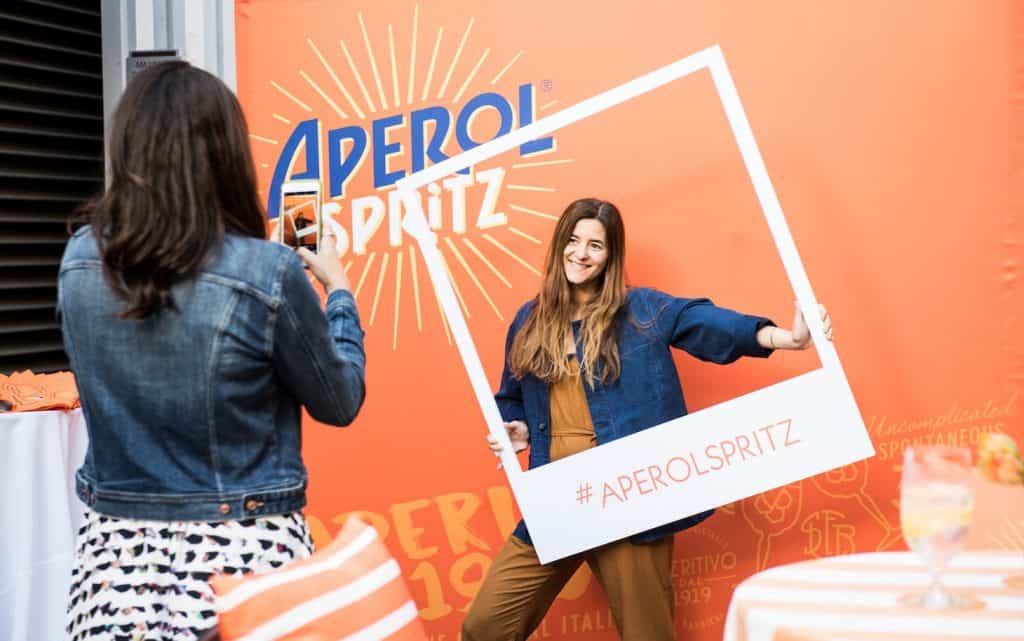
Harnessing the power of event sponsorship can boost your brand visibility and create a favourable impression in the marketplace. By piggybacking on an already well-respected event, you tap into its existing audience and ramp up awareness about your brand.
The benefits come in many guises: being seen as part of the fabric of an industry, getting exposure via signage or promotional materials, and getting coverage across social media platforms – all at scale.
Event sponsorship is big business across several sectors. For example, Red Bull has become synonymous with excitement and energy from its backing of adventure sports events and competitions.
Its success shows what can be achieved by aligning yourself with something extreme. The drinks company has created brand cachet through popular events such as Red Bull X-Fighters (freestyle motocross), Cliff Diving World Series, Crashed Ice (extreme downhill ice skating) and Air Race.
Similarly, Nike's association with NFL American football underlines how successful sponsorships contribute to brand awareness.
By becoming the official apparel provider to America's biggest sport, Nike had a captive audience of fans right there for products- on-field imagery during games broadcast to millions was part of this endorsement partnership- reinforcing its presence in people's minds.
The Importance of Brand Recognition and Recall
Your branding efforts may fall short if you don't know the difference between brand awareness and brand recognition and recall.
Brand awareness is how familiar your target audience is with your brand. Brand recognition refers to people's ability to correctly identify a brand by its visual indicators – such as logo or colours – alone. Brand recall is the ability to remember a brand when prompted.

Why are these two things so important? It all comes down to loyalty: if someone can easily recognise and recall your brand, they're more likely to select it rather than one of your rivals.
‘Consistent branding using logos, colours, and typography helps build up familiarity,' says Mark Harland of Bristol-based marketing agency 3Sixtyfive. ‘Campaigns that connect on an emotional level also help.'
One way for firms to improve this vital skill is by concentrating on consistent branding across all touchpoints – so that their websites match their social media profiles, for instance. By repeatedly doing this, businesses strengthen customers' grasp of what they stand for and increase the chances that potential clients will choose them over others in their sector.
A memorable logo or distinctive packaging can boost a company's chances of standing out.
Emotional storytelling through ad campaigns can further enhance recall: if firms establish a meaningful connection with potential customers, they become more inclined to remember everything else about them, too.
For example, an automobile manufacturer might create an advert showing how cherished one family's car has been throughout the years if done well enough, such adverts lodge in viewers' minds — not so they'll consider buying that company's vehicle next time but because there's now an emotional resonance attached to all elements of its advertising campaign.
The Connection Between Brand Awareness and Brand Equity
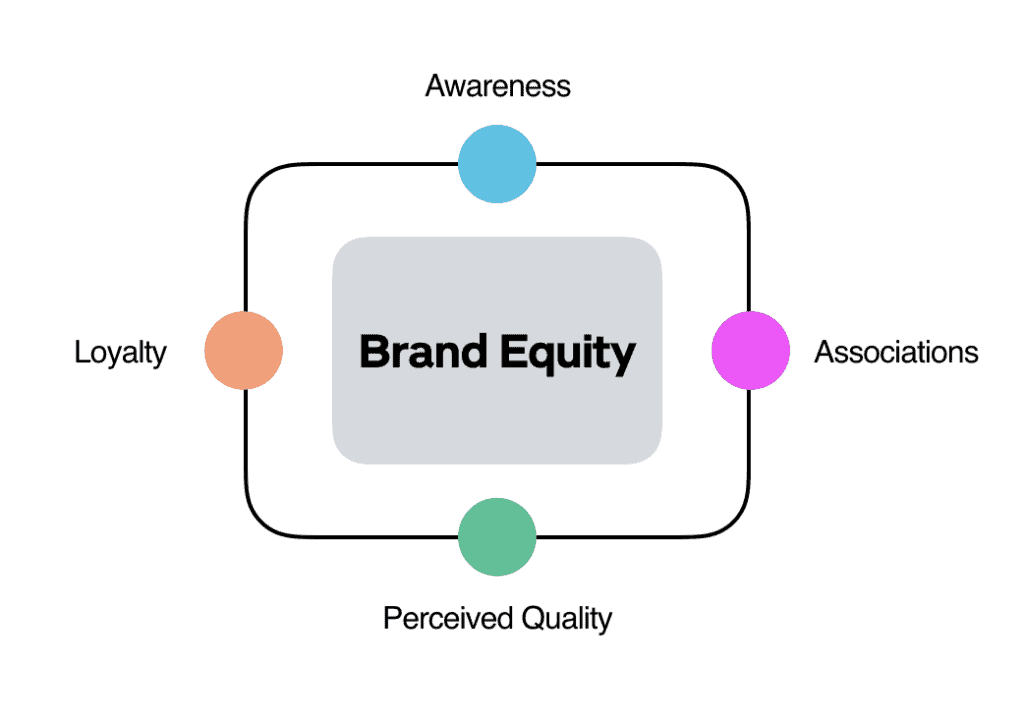
Building brand equity relies heavily on brand awareness, which is a term that refers to the impact and value of a brand beyond its physical or functional aspects. Factors like consumer perception, reputation, and loyalty define the concept.
Brand awareness contributes to higher equity in several ways. Brands with high recognition are often regarded as reliable and high quality, increasing customer confidence and loyalty and choosing one's brand over others. If you know Apple iPhone by name, you may prefer buying an iPhone to other models/brands.
It can equally lead to premium pricing for products or services. Consumers are willing to pay more for brands they consider premium or desirable; this ability commands premium prices, thereby adding up value/equity of such brands, e.g., Rolex/LV, etc., rely heavily on consumers' perception towards them as high-end fashion/luxury items.
Believe it or not, Brand Awareness has been identified as one of the factors driving stock prices. When a company has a strong branding customer reputation, investors tend to buy more stocks since they view the company as successful, increasing demand and stock prices.
Lastly, there is also a social aspect attached to it; Brands that have strong reputations within the community they operate in often have power/influence over society at large—for example, if we look at the “Climate Change” topic –a lot of many companies have started focusing more on sustainability including plastic free, recycling – all this was done only because brands wanted customers to want goods/services from environmentally responsible companies.
There are plenty of examples where widespread recognition = Strong Equity across different industries: When someone says Apple —you instantly think of innovation and sleek design—both being widely recognised components of Apple's image – “High Brand Equity”.
Conclusion
The success of a business depends heavily on how well it is known to people. Brand awareness – which creates trust and generates higher prices, stock prices and social impact – is crucially important. It can help promote new products, differentiate a brand from rivals and generate sales. To increase brand awareness, businesses might use various strategies, including social media marketing, print media advertising or event sponsorship. Consistent branding also helps build recognition. By measuring and tracking brand awareness over time, companies can assess how effectively their efforts are paying off – and make any necessary changes.
As brands continue to prioritise building awareness, they stand a better chance of establishing themselves in the market for the long term.
Last update on 2025-07-04 / Affiliate links / Images from Amazon Product Advertising API

